| Oceania Geography Education |
| www.studenthandouts.com > World Geography > Oceania |
 |
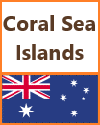 |
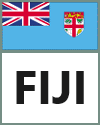 |
 |
 |
||||||
| Australia | Coral Sea Islands | Fiji | New Caledonia | New Zealand |
 |
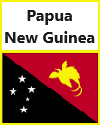 |
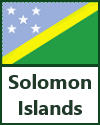 |
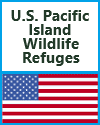 |
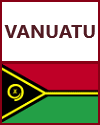 |
||||||
| Norfolk Island | Papua New Guinea | Solomon Islands | U.S. Pacific Island Wildlife Refuges | Vanuatu |
 |
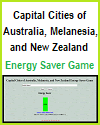 |
|||||||||
| Wake Island | Capital Cities of Oceania Energy Saver Game |
|
Oceania, which includes the regions of Melanesia and Australia, is a critical part of the global economy for several reasons.
Natural Resources: Oceania is rich in natural resources, including minerals, energy resources, and agricultural products. Australia, in particular, is a major exporter of commodities such as iron ore, coal, natural gas, and agricultural goods. These resources are essential inputs for industries worldwide, contributing to global economic stability. Mineral Wealth: Australia is known for its vast mineral wealth, including significant reserves of iron ore, coal, gold, and rare earth elements. These minerals are used in various industries, from manufacturing to technology, making Australia a key player in the global supply chain. Energy Production: Australia is a major exporter of energy resources, including coal and natural gas. Its energy exports play a crucial role in meeting global energy demands, powering industries, and providing electricity to countries around the world. Agricultural Exports: Australia is one of the world's largest exporters of agricultural products, such as wheat, beef, and dairy. These exports contribute to global food security and supply chains, ensuring a stable food supply for many countries. Tourism: Oceania, with its stunning landscapes, unique ecosystems, and cultural attractions, is a popular tourist destination. Tourism is a significant source of revenue for countries in the region, contributing to the global travel and hospitality industry. Financial Services: Australia is home to a well-developed financial sector, including banks, investment firms, and insurance companies. It serves as a financial hub in the Asia-Pacific region, facilitating international investment and trade. Education and Research: Australia and some countries in Oceania have strong education and research sectors, attracting students and scholars from around the world. Education exports, including tuition fees and research collaborations, contribute to the global knowledge economy. Strategic Location: The region's strategic location in the Asia-Pacific area makes it a key player in global trade and geopolitics. Ports and transportation networks in Oceania facilitate the movement of goods and people between Asia, the Americas, and other regions. Maritime Trade Routes: Oceania contains critical maritime trade routes, including the routes connecting the Pacific Ocean to the Indian Ocean. These routes are vital for global trade and the movement of goods between Asia, Europe, and the Americas. Global Partnerships: Australia and some Pacific Island nations have strong trade relationships and partnerships with major global economies, including the United States, China, and Japan. These partnerships contribute to global economic interdependence. Environmental Stewardship: The region's unique ecosystems and biodiversity conservation efforts contribute to global environmental sustainability and research initiatives. Oceania's role in protecting the Great Barrier Reef, for example, has global significance. International Aid and Development: Some countries in Oceania receive international aid and development assistance. This assistance supports economic development, healthcare, education, and infrastructure, contributing to global development goals. While Oceania--Melanesia and Australia--may have smaller populations compared to some other regions, their economic contributions are substantial and interconnected with the global economy. The region's role as a supplier of critical resources, a hub for finance and education, and its strategic location in international trade routes, make it a vital part of the global economic landscape. |
| www.studenthandouts.com > World Geography > Oceania |






